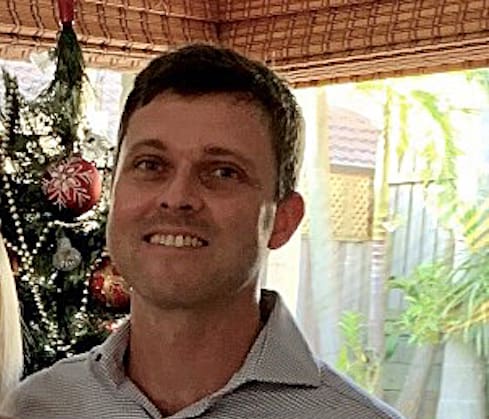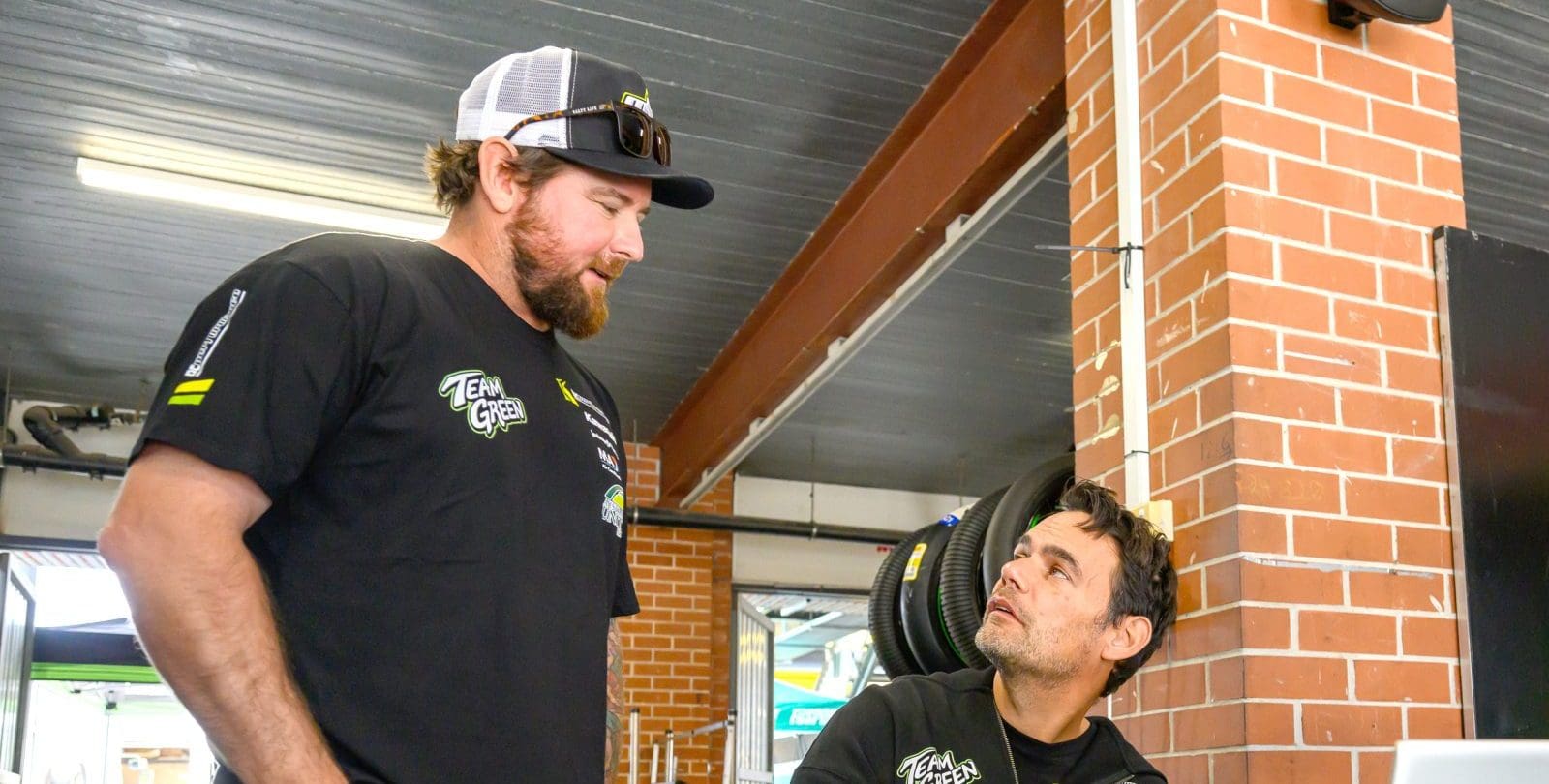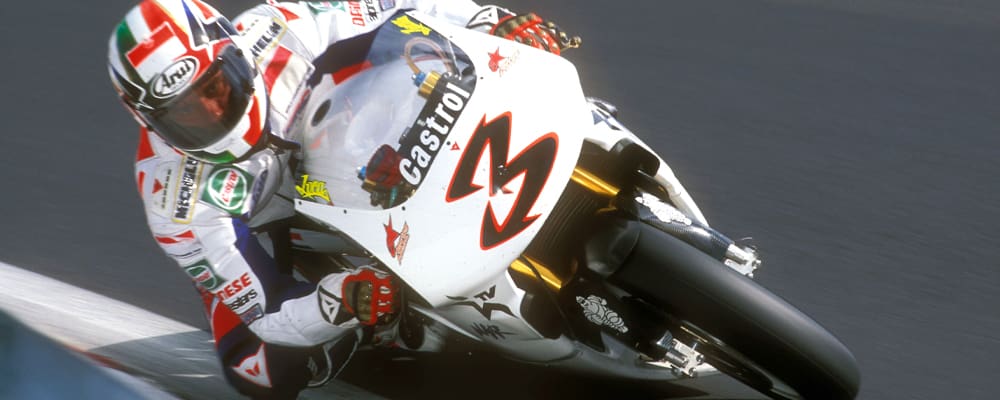It’s July 2001. Brendan Clarke is a Year 12 at St Francis College in Crestmead, Brisbane, and not supposed to have his mobile on. But sponsor/manager Tony Armstrong is chasing a deal and says keep it handy. Brendan goes outside to take a call. He doesn’t need to think twice about the answer.
Within days, 17-year-old Clarke is at the Sachsenring in Germany, to ride a Honda 500 twin for Jeff Hardwick’s Shell Advance Honda team, replacing injured Briton Chris Walker.
Inspired by watching Wayne Gardner on TV, Clarke had started on flat-track at age four and progressed to road racing a Moriwaki 80 at 14. There was no family history in motorcycle racing. Father Peter was a builder and mother Suzanne came from a family of jockeys.
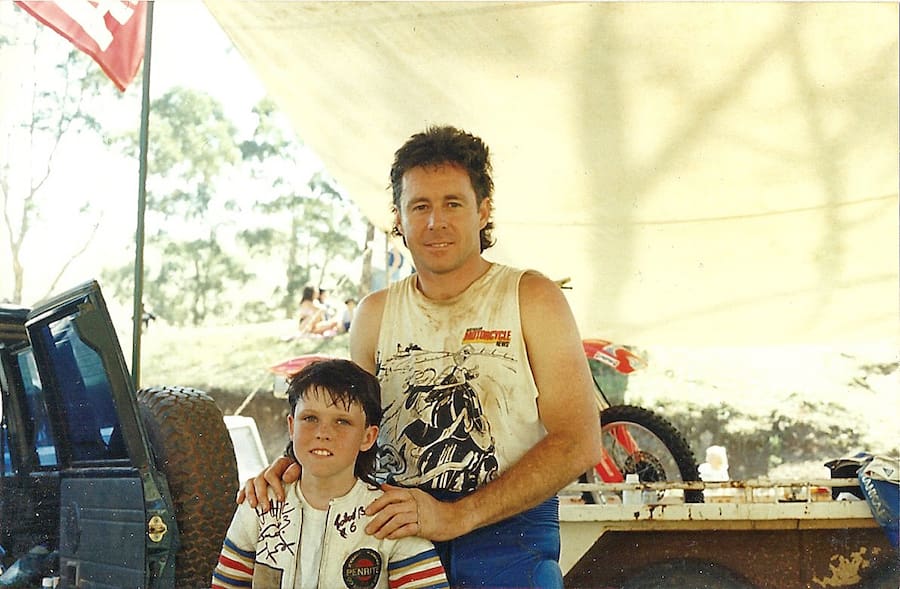
By mid 2001, Brendan had won the Aprilia 250 (production) Challenge and raced a GSX-R600 for Armstrong’s Springwood Suzuki. It gave him some experience on slick tyres.
The 500 was the lightest and most powerful bike Clarke had ridden. He says he didn’t grab full throttle for the entire first practice session on the tight German track.
“It was pretty daunting and you’re on track with your idols, but the excitement outweighed everything,” Clarke said. “Just a massive jump from what I’d been riding and for the first time I was starting a race knowing I would never be near the front.”
Clarke competed the season (the last year of the 500 title), making eight starts and finishing in the points at Estoril, Sepang and Rio. His hopes of shifting to 250 GP in 2002 sank when the Shell team did not continue.
Back home, Armstrong built Clarke a 600 to keep his eye in and he had two seasons with the Steve Trinder-managed Nikon Yamaha team, riding 600s in the national and Formula Xtreme series, and a 1000 in FX.
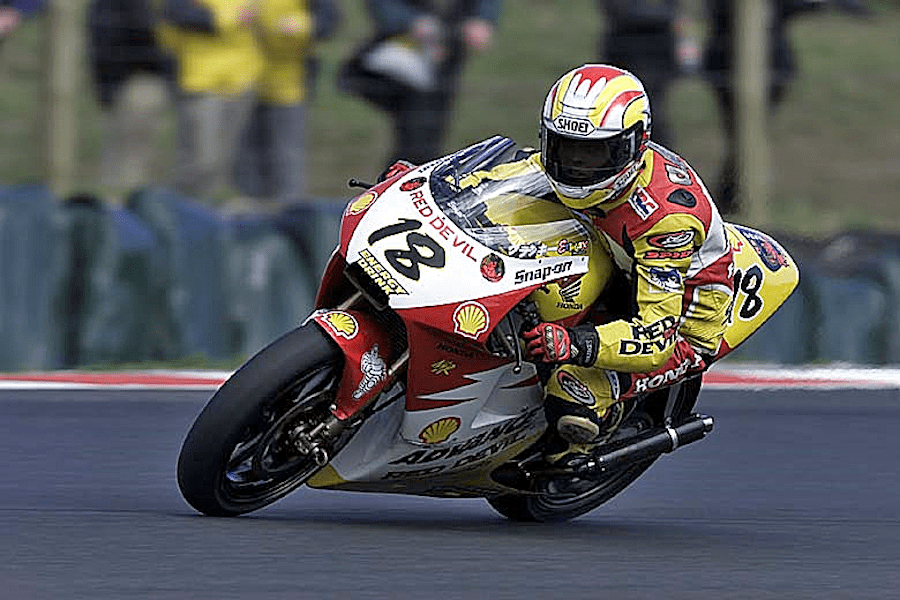
“Doing so much riding, it’s no surprise that 2003 was my best year, finishing runner-up to Kevin Curtain in both Supersport titles,” he said. “I had two years with the Nikon team, then Yamaha took the team in house and I rode an MV Agusta for Steve in the East Coast Championship, as a development year for the bike. But Kev came back from overseas and took over that ride, so I went to England in 2007 – as the last attempt at chasing the dream – to ride a Triumph 675 in the British Supersport Championship. Unfortunately, the team folded before the first race.
“But I was there for 18 months with (now wife) Agnieszka and kicked back into study mode.” And he completed his university studies in Brisbane. Before being plucked out of school, Clarke had been preparing to study mechanical engineering at university, but missing the last three months of Year 12 meant he didn’t matriculate.
On the track, Clarke remained competitive in Supersport and in 2010 rode a Honda to win the national Superstock 1000 crown.
“My best race was in 2005, riding a privateer YZF-R6 to win both Australian title Supersport races at Queensland Raceway round. It was just me and a mechanic.” This against the likes of Josh Waters, Josh Brookes, Adam Fergusson and Mark Aitchison.
That same year, Clarke approached Scott Osborne of Champion’s Ride Days about becoming an instructor. He’s still instructing and Osborne sponsors him when he has time to race on a Kawasaki ZX6-R.
Clarke was keen to emphasise the ‘now’ of his life when he spoke with AMCN.
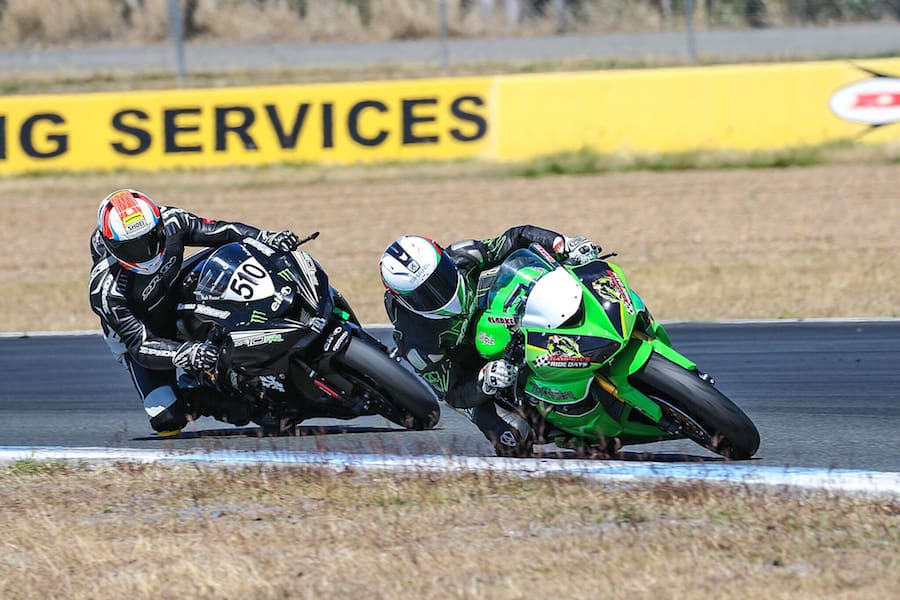
“Most of my spare time is spent with our eight-months-old son Vincent, but I’m still very passionate about motorcycle racing, rarely missing a race whether it is MotoGP or ASBK, and I still try to do some ASBK or local racing where possible. I simply enjoy it too much to completely hang up the boots.
“As an instructor, I’ve worked with just about all levels of riders, including a very young (at the time) ASBK rider who just a few years later beat me to the chequered flag! It’s really rewarding to watch riders progress after implementing feedback, particularly when dealing with young racers. I hope to work with more of Australia’s up-and-coming racers in the future.
“Since 2011 I’ve worked as a mechanical engineer for a Brisbane-based consultancy, with most of my time spent on design and delivery of equipment for one of Australia’s largest capital infrastructure projects.
“It’s not as exciting as racing around Phillip Island, but the equipment can be interesting and it’s nice to be a part of such a significant project.”
And the Grand Prix experience?
“I was too young to understand 500 GP, but I look back proud to have been part of it.”
